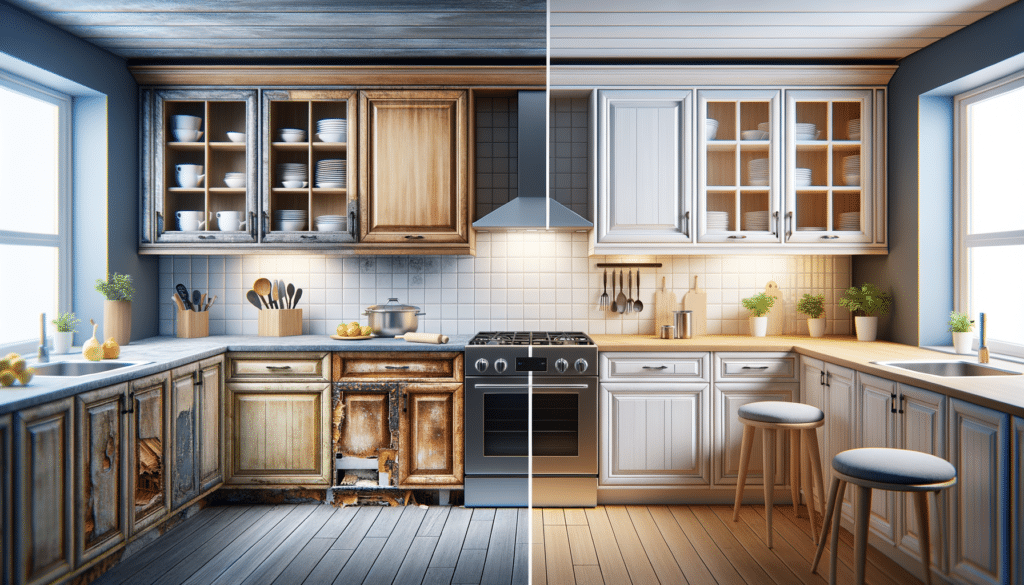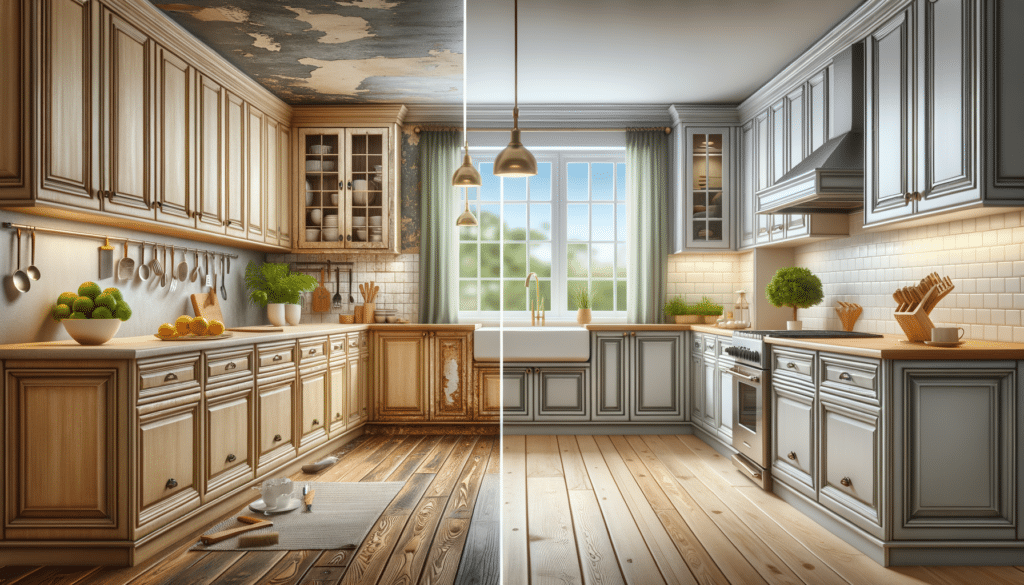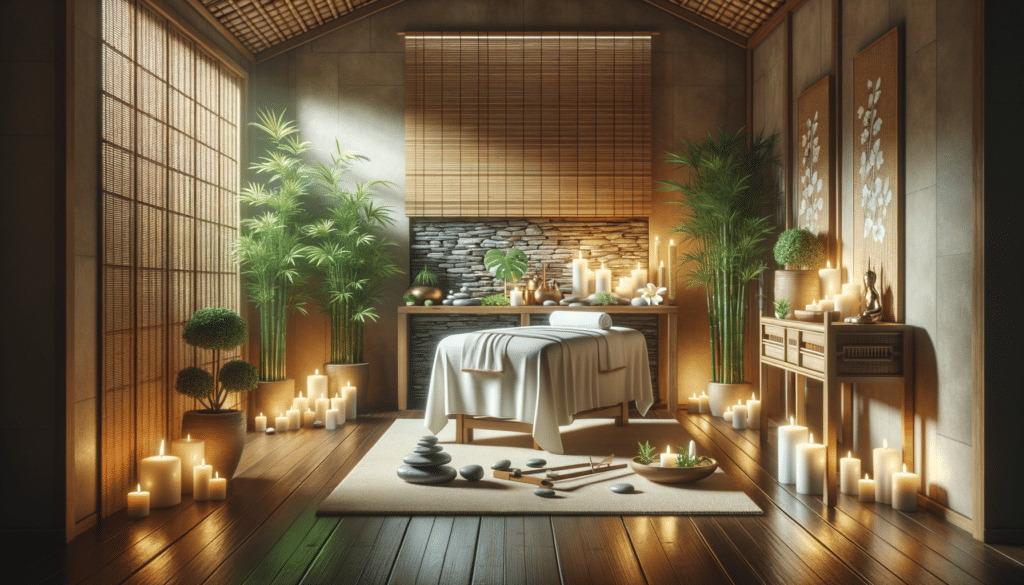Understanding Cabinet Refacing
Cabinet refacing is an increasingly popular option for homeowners looking to update their kitchen without the expense and hassle of a full renovation. It involves replacing the cabinet doors and drawer fronts and applying a new veneer over the existing surface of the cabinet boxes. This method is not only cost-effective but also environmentally friendly, as it reduces waste by reusing the existing cabinet structure. By choosing cabinet refacing, homeowners can enjoy a refreshed kitchen look in a fraction of the time it would take to replace the cabinets entirely.
One of the primary benefits of cabinet refacing is the ability to customize the appearance of your kitchen. With a wide variety of materials, colors, and styles available, you can achieve a look that matches your personal taste and complements the rest of your home. Additionally, the process is relatively quick, often taking just a few days to complete, minimizing disruption to your daily routine.
The Process of Cabinet Refacing
The cabinet refacing process typically begins with a consultation with a professional to discuss your design preferences and assess the condition of your existing cabinets. Once a plan is in place, the old cabinet doors and drawer fronts are removed, and the surfaces are prepared for the new veneer. This preparation includes cleaning, sanding, and sometimes minor repairs to ensure a smooth and durable finish.
Next, the new veneer is applied to the cabinet boxes, and the new doors and drawer fronts are installed. Hardware such as handles and hinges can also be updated to match the new design. The final step is a thorough inspection to ensure everything is properly aligned and functioning smoothly. The entire process is designed to be efficient, providing a significant transformation with minimal inconvenience.
Comparing Cabinet Refacing to Replacement
When considering a kitchen update, it’s essential to weigh the pros and cons of cabinet refacing versus cabinet replacement. Cabinet replacement involves removing the existing cabinets and installing new ones, which can be a time-consuming and costly endeavor. In contrast, cabinet refacing offers a more budget-friendly alternative with several advantages:
- Cost-Effective: Refacing can cost up to 50% less than replacing cabinets.
- Quick Turnaround: The process usually takes just a few days compared to weeks for a full replacement.
- Eco-Friendly: Refacing reduces waste by reusing existing materials.
- Less Disruption: Minimal impact on your daily life during the update.
However, cabinet replacement may be necessary if the cabinet structures are damaged or if a complete layout change is desired. Ultimately, the decision should be based on the condition of your cabinets and your renovation goals.
Materials and Styles for Cabinet Refacing
One of the exciting aspects of cabinet refacing is the variety of materials and styles available, allowing homeowners to customize their kitchen to suit their preferences. Popular materials for cabinet doors and veneers include wood, laminate, and thermofoil, each offering distinct advantages:
- Wood: Offers a classic and timeless look, available in various species such as oak, maple, and cherry.
- Laminate: Provides a durable and affordable option with a wide range of color and texture choices.
- Thermofoil: Known for its smooth finish and moisture resistance, ideal for busy kitchens.
In terms of style, options range from traditional to modern, with choices such as shaker, raised panel, and flat panel designs. Homeowners can also select from various finishes, including matte, gloss, and distressed, to achieve the desired aesthetic.
The Environmental Impact of Cabinet Refacing
Cabinet refacing is not only a cost-effective and stylish choice but also an environmentally conscious one. By reusing the existing cabinet structure, refacing significantly reduces the amount of waste generated during a kitchen renovation. This approach aligns with sustainable living practices, as it conserves resources and minimizes the environmental footprint of home improvement projects.
Additionally, many materials used in cabinet refacing are sourced from sustainable suppliers, further contributing to eco-friendly practices. Homeowners can choose materials that are certified by environmental organizations, ensuring that their kitchen update supports responsible forestry and manufacturing processes.
Overall, cabinet refacing presents a compelling option for those looking to refresh their kitchen while considering the environmental impact of their choices. By opting for refacing, homeowners can enjoy a beautiful and functional kitchen that aligns with their values.





